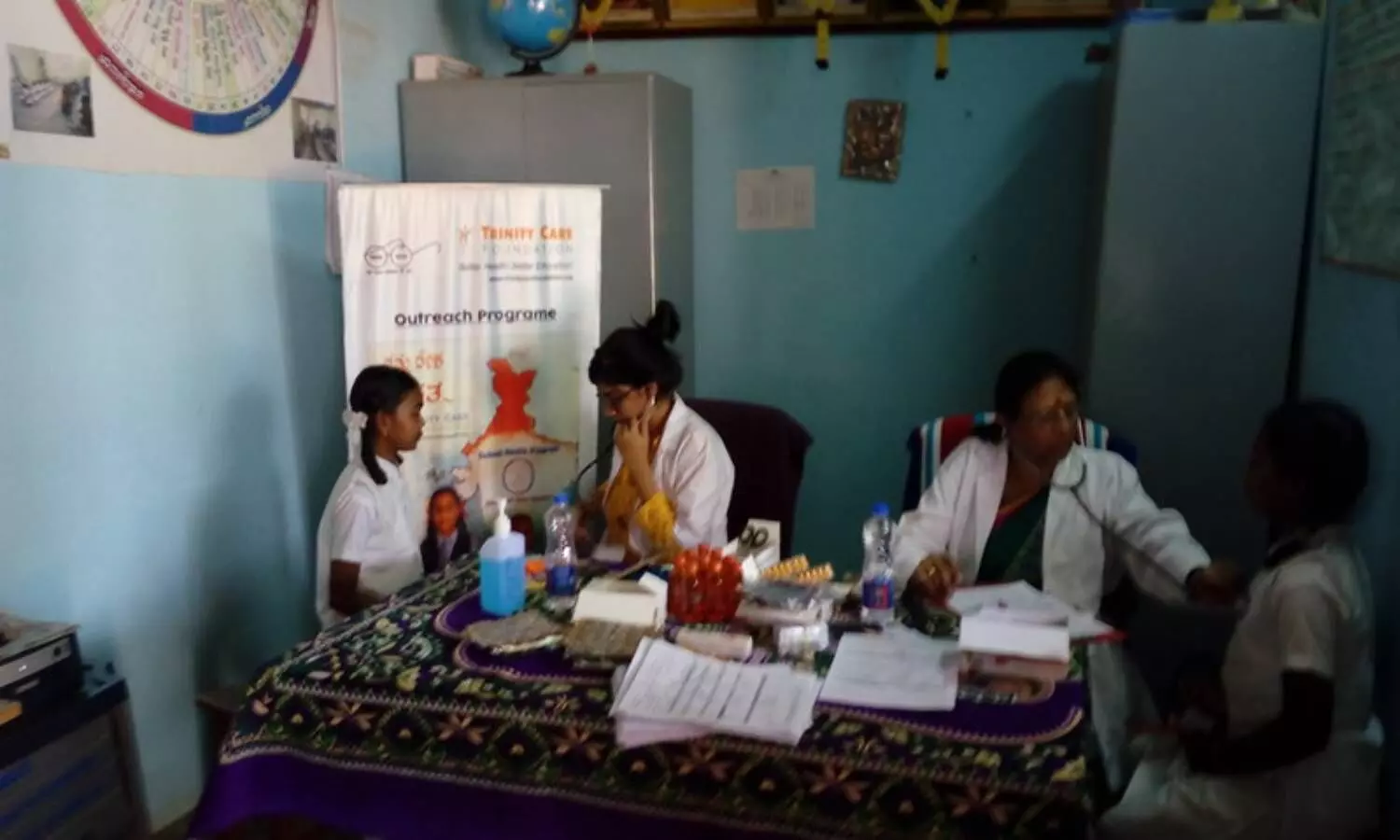16.19% people suffer from NCD in AP, Telangana; 5% more than national average: Study
The survey highlighted that Andhra Pradesh and Telangana have a 16.19% prevalence of key NCDs which is higher than the national average of 11.62%.
By Newsmeter Network
Hyderabad: Associated Chambers of Commerce and Industry of India (ASSOCHAM), the apex trade body of the country, unveiled Andhra Pradesh specific findings of the primary healthcare survey report on the rising burden of non-communicable diseases in the country.
Titled "Non-Communicable Diseases in India", the as 'Illness to Wellness' survey covered 2,33,672 people and 673 public health offices in 21 states to analyze the rising cases of Non-Communicable Diseases (NCDs) and the social profile of suffering households.
The survey highlighted that Andhra Pradesh and Telangana have a 16.19% prevalence of key NCDs which is higher than the national average of 11.62%. These states particularly have a higher prevalence of non-communicable diseases (NCD) like hypertension, digestive diseases, diabetes, and neurological diseases as compared to the National Average Prevalence Rate of these diseases.
This is similar to the overall national trend where hypertension, digestive disease, and diabetes emerge as the top three NCDs followed by respiratory diseases, brain disorders, heart diseases, kidney disorders, and cancer in the order of prevalence.
Delving on the risk factors associated with NCDs, the report highlighted that significantly higher stress levels in the region than the national average are leading to heart, diabetes, and digestive disorders in Andhra Pradesh and Telangana.
It stated that 63% of respondents in the region face high stress. The report further underlined that the region has higher physical activities, which is reflected in lower BMI. However, the likely positive impact of the same on reducing the vulnerability to obesity-related NCDs is significantly reduced by other factors like choice of food including salt and chilies intake and lifestyle choices.
The study also found that high workplace pollution in the region is a major contributing factor to diseases related to neurology, heart, and lung. This is mainly due to high mining, stone quarrying, and construction activities in the region. Home air pollution was also found to be significantly contributing to hypertension and neurological disorders in the region. The problem of workplace air pollution was recognized by 82% of the respondents while 76% accepted that they face home air pollution.
The region shows lower vegetable and fruit consumption coupled with high meat consumption than the national average. As per the study findings, 90% of the respondents from Andhra Pradesh and Telangana consume non-vegetarian food with 68% consuming red meat. This has implications on NCDs affecting the digestive system, heart, and hypertension. Incidentally, tobacco consumption was found to be below the national average in both the states, and thus their impact on the prevalence of NCDs relating to hypertension, heart diseases, and diabetes in the state is likely to be insignificant in line with the national findings.
The study observed that while the national prevalence rate of hypertension is 3.60%, its prevalence in the state of Andhra Pradesh and Telangana is 8.54%. This is followed by digestive diseases and diabetes that have a prevalence rate of 5.65% and 4.69% respectively in both the states. Digestive diseases have a national average prevalence rate of 3.05% while it is 2.85% for diabetes. The prevalence rate of brain disorders and kidney diseases in each of these states stands at 2.52% and 0.66% respectively. This is again higher than the national average prevalence rate of 1.3% for brain diseases and 0.4% for kidney diseases. The prevalence of heart diseases, cancer, digestive diseases, and respiratory diseases were found to be lower in Andhra Pradesh and Telangana when compared to the national average prevalence rate for these diseases.